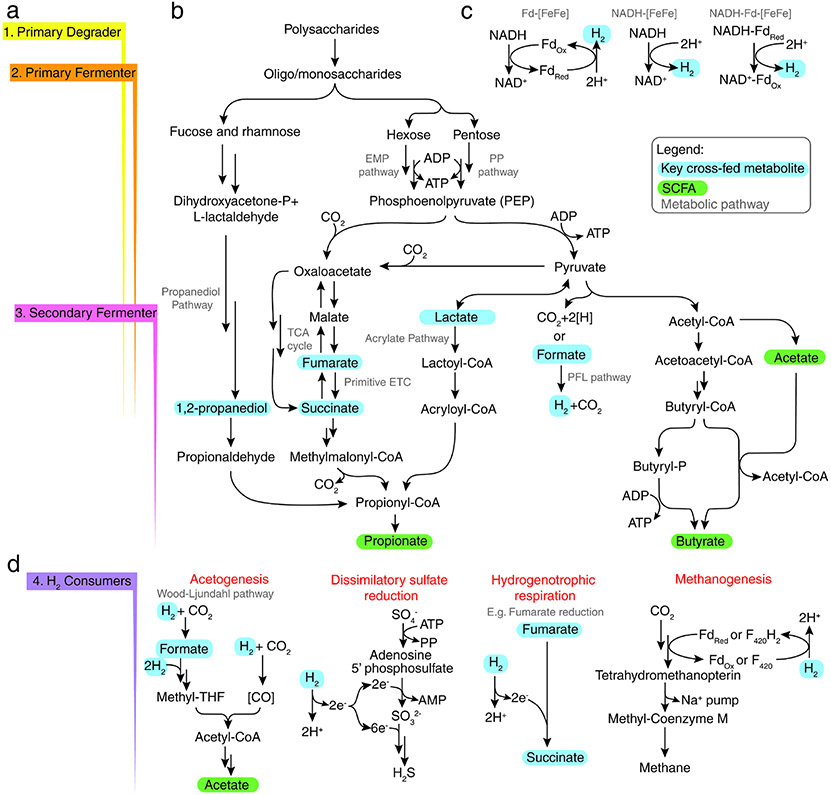Figure 2. Central metabolism pathways involved in cross-feeding.
An overview of central metabolism pathways involved in cross-feeding interactions. (a) Flags along the left show how the pathways in (b) roughly divide into four trophic levels through cross-feeding. Key cross-fed intermediates released by primary degraders/fermenters, highlighted in blue, can be released and utilized by secondary fermenters ultimately for the production of SCFA, highlighted in green. Throughout, H2 is produced in one of two ways: first, the Pyruvate-Formate Lyase (PFL) pathway that splits formate into H2 and CO2, and second through the oxidation of NADH. (c) NADH oxidation can be coupled to ferredoxin reduction and reoxidation by ferredoxin (Fd)-dependent hydrogenase (Fd-[FeFe]), directly by an NADH-dependent hydrogenase (NADH-[FeFe]), or directly by a bifurcating NADH-Fdred-dependent hydrogenase (NADH-Fdred-[FeFe]). (d) H2 is consumed by various types of metabolism, indicated in red. Pathway stoichiometry is not represented in this figure.

